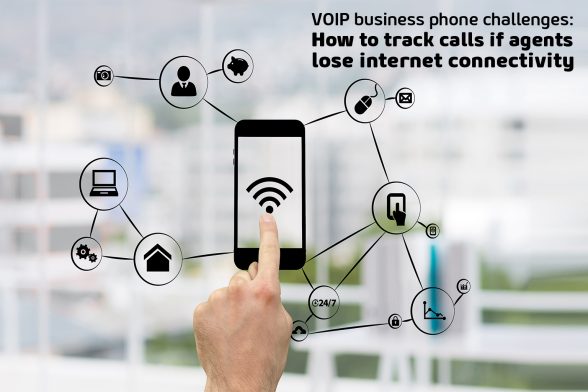- Resources
- VoIP SIP Trunk And Its Application
VoIP SIP Trunk And Its Application

Let’s check the technology, its usage, benefits, and limitations.
To set up a basic VoIP communication, businesses need an IP PBX, LAN Setup, IP phone or SIP phone. An IP PBX(private branch exchange) is a local telephone switching with an enterprise that switches calls between the users with the help of an extension line. Few IP PBX also has the capability of a VoIP gateway, they can also switch calls between a VoIP call and a PSTN call, or between two traditional telephone users in the same way that a conventional PBX does. Note – In many countries mixing of PSTN and VoIP is not permitted
What is SIP – SIP (Session Initiation Protocol) is a signaling protocol widely used in multimedia communication sessions such as voice and video calls. SIP is one of the protocols to enable VoIP. It defines how messages can be sent between two endpoints and controls the call initiation, termination, and signaling. It is also used for other data applications like video conferencing, instant messaging, media distribution. SIP was developed and standardized by the Internet Engineering Task Force (IETF).
A typical call flow in VoIP & role of SIP and SIP trunk

What is SIP Trunking
In analog communication “trunks” means a dedicated line analog line from the service provider to the enterprise. In IP communication, A SIP trunk is a service offered by an ITSP (internet service provider) to use SIP to provide a unified communication to the enterprises, the customer just needs to have a SIP-enabled PBX or IP PBX.
Note – VoIP gateway and SIP gateway is not permitted in India and few middle east countries (check details)
The solution of small and mid-sized business
In India and middle east countries, where the interconnection of VoIP and PSTN is not permitted, PSTN based Cloud Telephony is the best solution. Businesses just have to pay monthly charges and they can start a full-fledged contact center within 24 hrs.
Why people prefer SIP trunk?
- As call happens over VoIP, it saves money on long-distance service
- As SIP trunks connect directly to your ITSP without traversing to PSTN, you can completely eliminate IP-PSTN gateways. Few ITSPs also host a PBX for customers, so substantial cost is saved.
- Eliminate a PRI connection – With a SIP trunk, you don’t have to to buy the PRI line. Instead, you can just buy the bandwidth from ITSP
- Multiple modes of communication You can use it for audio & video conferences, instant messages, etc.
Limitations of VoIP calling?
- In few countries like India, the interconnection of PSTN & VoIP calls is not permitted, you can VoIP only for internal communication (check details)
- For the small and medium enterprises, who just need voice calling or call center setup the SIP call is not advisable as the initial setup cost be too high.
What are the major differences between a PRI and SIP Trunk
PRI
PRI (Primary Rate Interface) is a physical connection to the PSTN over a dedicated line that only serves voice transmission.
It uses the circuit-switched model for making voice connections between people.
The number of simultaneous calls depends on number of channels. Typically, PRI comes with 30/ 23 channels based upon E1/T1.
Number of simultaneous call depend on bandwidth, just need take extra bandwidth if you want to increase number of calls.
SIP Trunk
SIP (Session Initiating Protocol) Trunk is a connection between ITSP and enterprise, it can be used for voice, chat, and video.
Uses a packet-switched model for making communication.
Number of simultaneous calls depends on bandwidth, just need to take extra bandwidth if you want to increase the number of calls.
QoS depends on bandwidth and number of users.







